The Scott #10A stamp, a variant of the U.S. 1851 3-cent George Washington stamp, holds a significant position in the philatelic chronicles of the United States. It was part of a series designed for standard letter postage and had various varieties including Scott #10 and #11, each with unique characteristics. This stamp was primarily used for the ordinary letter rate, with its usage expanding to cover double, triple, and even higher letter rates depending on weight and distance. Its significance also extends to the double rate to California, requiring four three cent stamps, as California was over 3,000 miles away, thereby classifying it as a double rate destination. The foreign rate was covered by 10 and 20-cent stamps, but strips or singles of the 3¢, including Scott #10A, were also used.
Design & Print
The Scott #10A was printed by a yet unidentified printer, who used a distinctive ink formula comprising approximately 80% Venetian red and 20% vermilion, giving the stamp its unique orange-brown hue. This ink composition not only granted the stamp its color but also contributed to a superior impression quality and minimal susceptibility to discoloration. Initially, this formula was replaced after about four months in favor of a brownish carmine shade, possibly due to cost and rapid plate wear issues. The stamp prominently features George Washington and was issued during a period when prepayment of envelopes was optional, often leaving the recipient to pay upon delivery.
Postal Usage
The Scott #10A played a crucial role in the U.S. postal system during its time of release. Its three-cent denomination primarily covered the standard letter rate, with additional stamps required for heavier or longer-distance mail. The stamp’s usage for foreign postage and its role in the double rate to California underline its versatility in the postal system of the era. The evolving postal rates and the optional nature of prepayment provide insights into the postal practices and regulations of the mid-19th century.
Identification
Identifying the Scott #10A stamp requires meticulous attention to several key features, distinguishing it from its close relative, Scott #10, and other similar stamps in the series. The primary distinction between Scott #10 and Scott #10A lies in the presence of an inner frame line on the left and right sides of the Scott #10A, an element absent in Scott #10. This subtle yet crucial difference is pivotal for accurate identification.
Apart from this primary distinguishing feature, other factors play a significant role in the identification process. The quality of the impression is a critical indicator. The Scott #10A stamps, printed with a distinct ink formula comprising about 80% Venetian red and 20% vermilion, exhibit an orange-brown hue, a characteristic color of this issue. This ink not only gave the stamp its unique coloration but also contributed to a superior impression quality and a reduced tendency for discoloration. Over time, this initial ink formula was replaced by a brownish carmine shade, adding another layer to the identification process.
The color and texture of the ink are key elements in distinguishing Scott #10A. Unlike other variants, the color of Scott #10A falls into a narrow range of orange/brown mix, and its ink texture appears thick and rich compared to similar colors used in other stamps of the series. This difference in ink texture and color depth is particularly noticeable when comparing Scott #10A with other stamps like Scott #11, which might have similar color shades but lack the same vibrancy and texture.

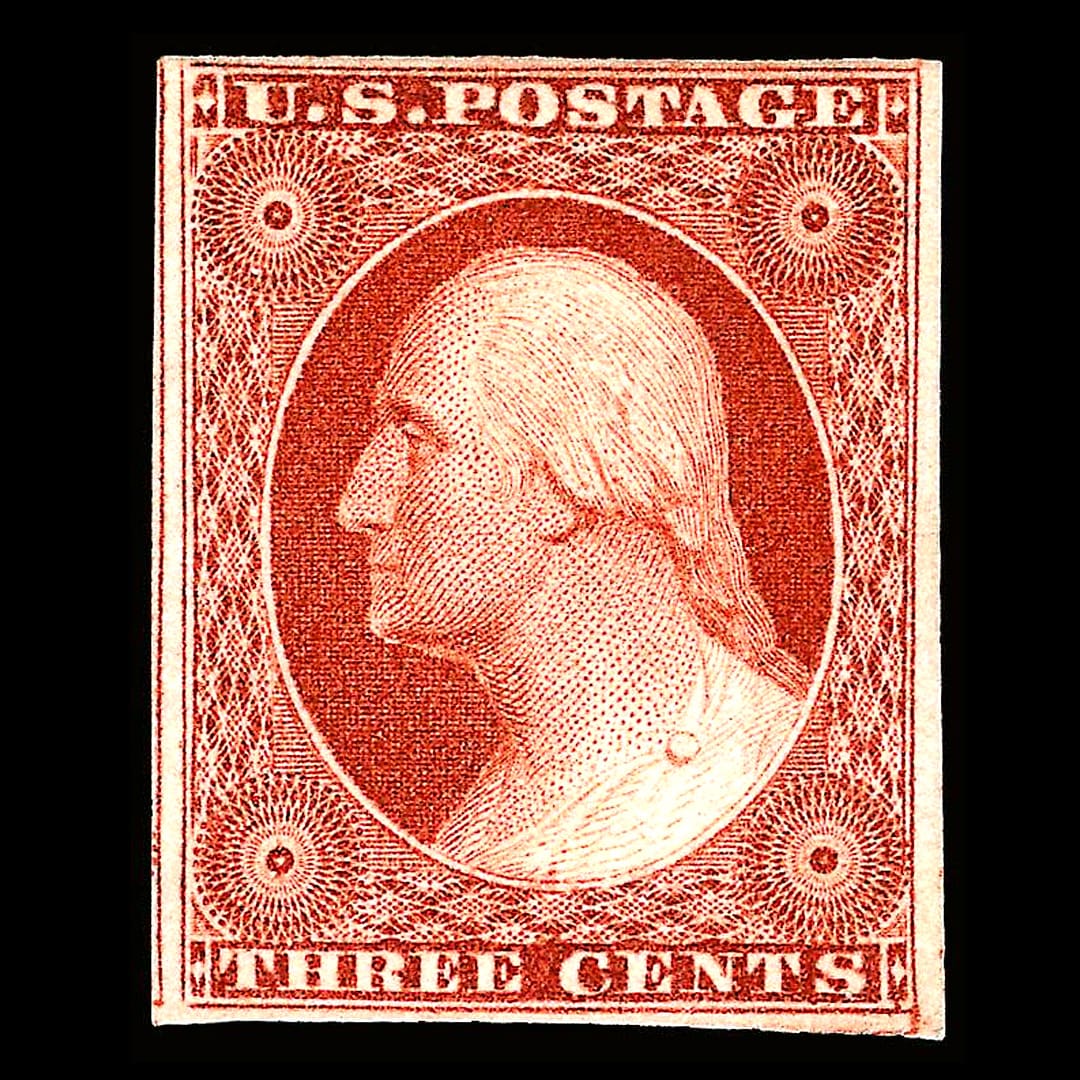

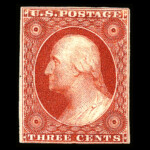
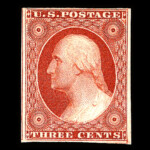
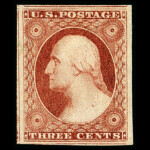
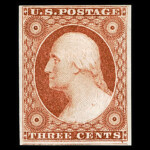
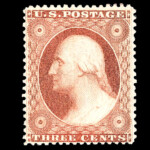
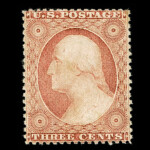
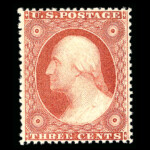
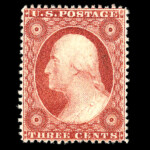
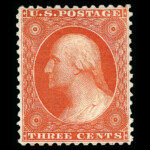
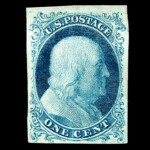
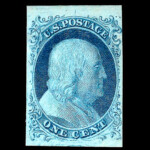
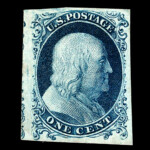
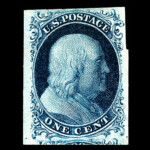
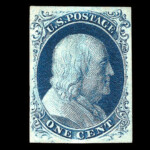
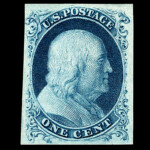
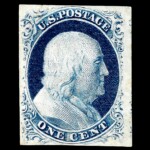

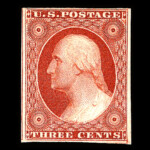
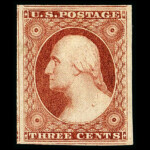
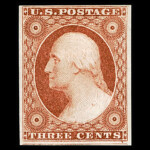
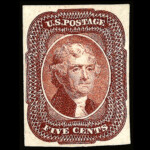
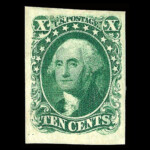
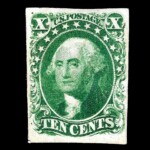
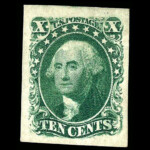
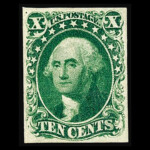
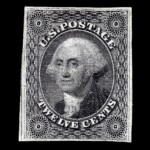




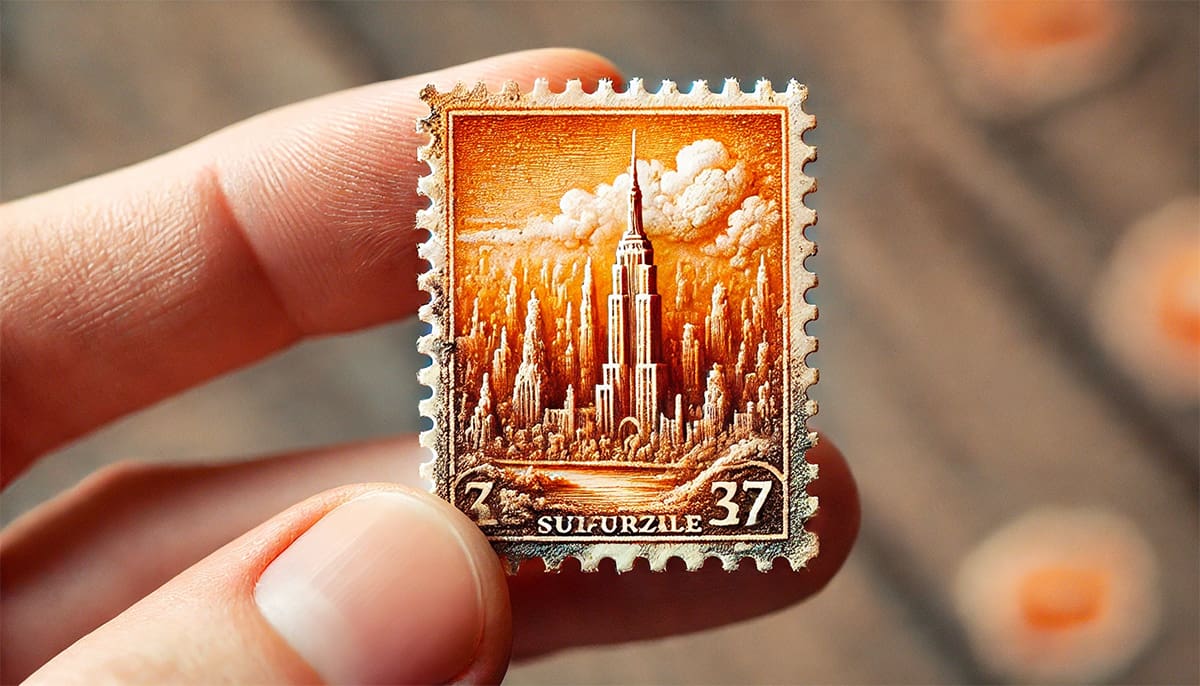




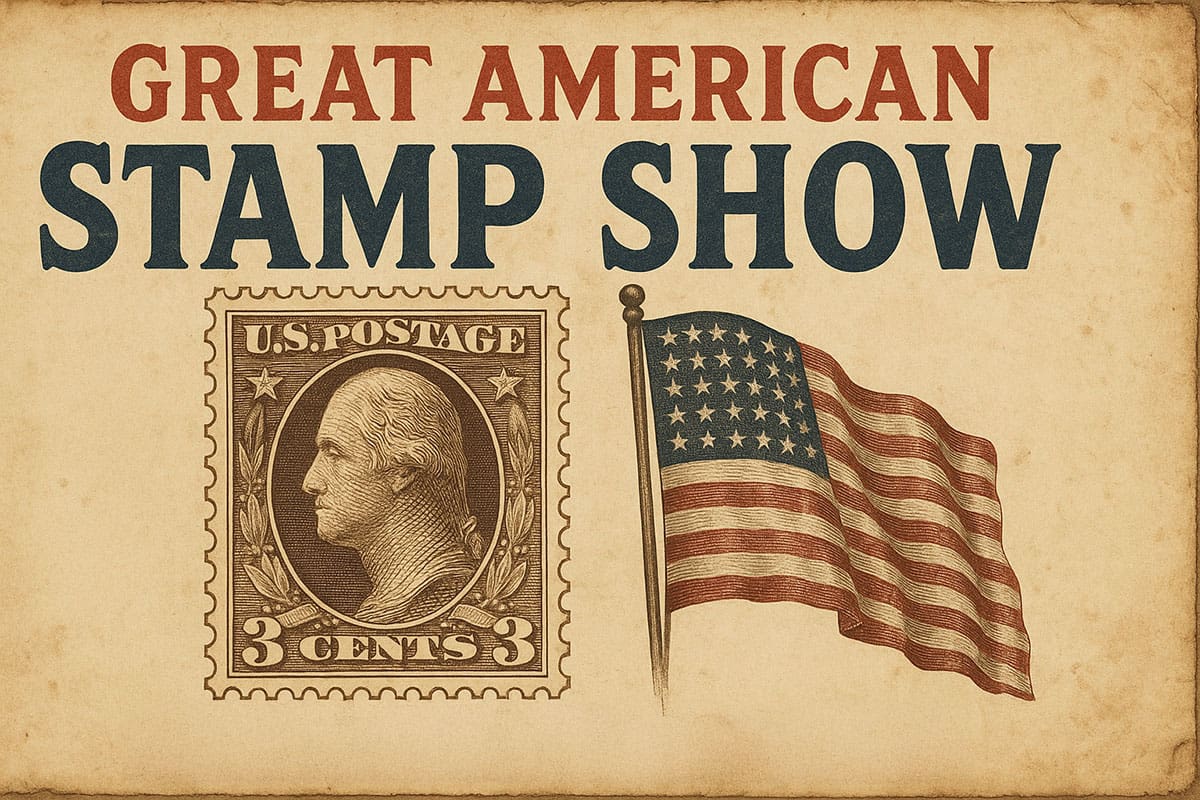


Ask A Question Or Leave A Comment